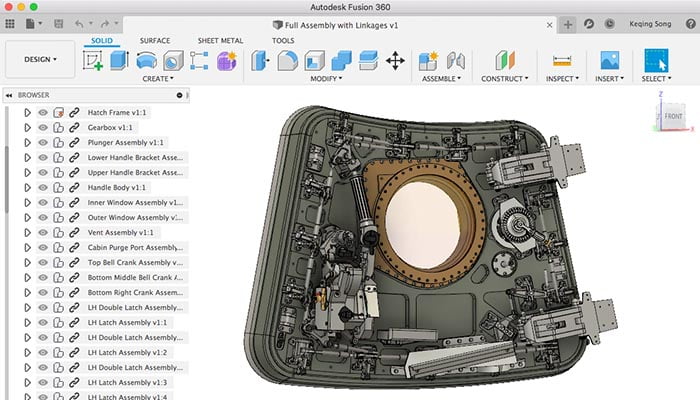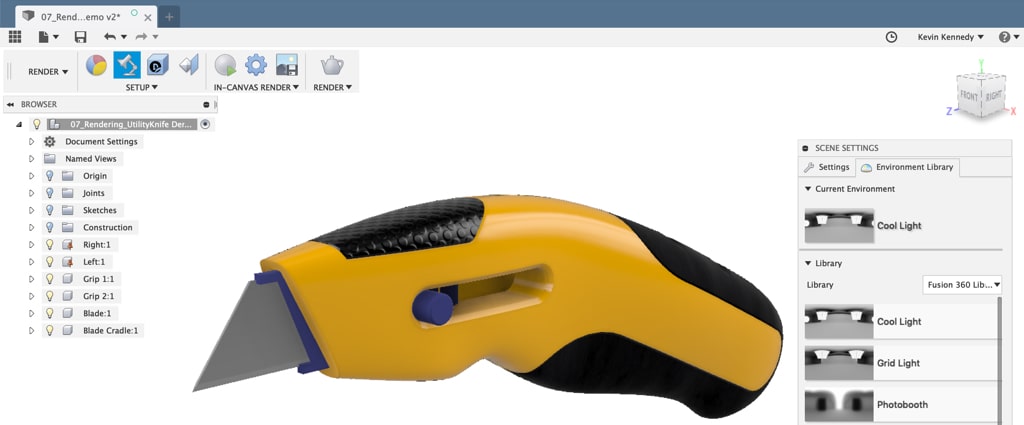


There are also reports that companies like Intel are prioritising higher-margin products like server and data center chips over consumer products, so we may see Nvidia and AMD follow suit, to the detriment of consumer and perhaps even workstation GPUs. Current facilities are working to expand their capacity, and that is probably what will ease the shortage in the short term, but it will still take many months for those chips to make it onto graphics cards, and the cards to make their way into stores. With TSMC and Samsung already running their fabs at or near maximum capacity, and additional complications like Taiwan’s recent drought and the current ABF substrate shortage, we will probably see continued chip shortages well into 2022.Īlthough a lot of money is going into building new chip foundries, both here in the US and abroad, they will take years to complete.

We saw unprecedented demand for consumer electronics in 2020, and still GPU manufacturers were unable to keep up. I think that, while possible, this is very unlikely.

Some people predict that supply levels and prices could return to normal by early winter, as it would be crazy for companies to not cash in during the lucrative holiday season. So when will the situation change? It’s hard to say. Either you have to get lucky and be one of the first people to click the Add To Cart button when an online retailer gets a shipment, or you have to buy an entire new system – and even then, the GPUs are usually marked up by a small percentage. I understand that reading GPU reviews is a bit of a bummer at the minute, as it is nearly impossible to get hold of new cards at anything remotely close to their MSRPs. (Or, at a higher level, The Great Semiconductor Shortage of 2020-2021). But how do I get hold of any of these cards?īefore I get into the meat of this review, I want to address the massive elephant in the room: the current GPU shortage. Technology focus: ray tracing hardware and APIs As ever, I will be putting each GPU through a series of custom benchmarks designed to replicate real-world production tasks, from asset creation to rendering and simulation. In CG Channel’s 2021 group test of professional GPUs, I will be benchmarking two new workstation cards, Nvidia’s RTX A6000 and AMD’s Radeon Pro W6800, comparing them to the GPUs that I looked at last year: Nvidia’s Quadro RTX 8000, 6000, 50 and AMD’s Radeon Pro W5700, W5500 and WX 8200.Īlthough now previous-generation models, all of the older cards are still available commercially, and are still widely used. Which workstation-class GPU is best for your DCC work? To find out, Jason Lewis puts current Nvidia RTX and AMD Radeon Pro cards through a battery of real-world benchmarks, from 3D modelling to rendering.


 0 kommentar(er)
0 kommentar(er)
